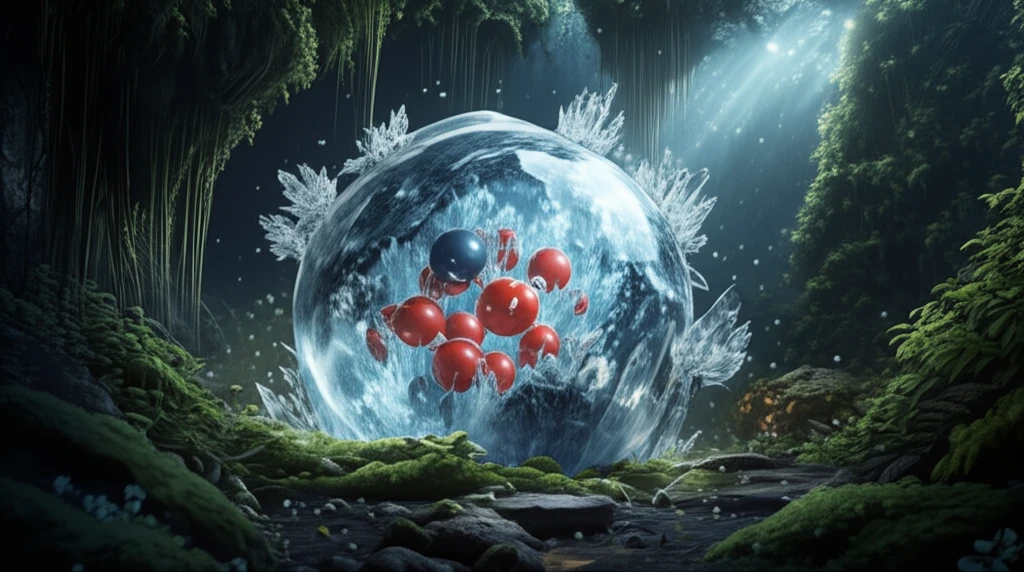
Eco-Boost Your Gas: How Bio-Additives Could Revolutionize Hydrate Tech
"Discover how L-arginine and isooctyl glucoside are paving the way for greener, more efficient gas hydrate technologies."
Imagine a world where natural gas can be transported and stored more efficiently, with a significantly reduced environmental impact. Gas hydrates—ice-like crystalline structures that trap gas molecules—offer a promising solution, but traditional methods rely on chemical additives that pose environmental risks. The quest for sustainable alternatives has led researchers to explore bio-additives: eco-friendly substances derived from renewable resources.
Gas hydrates, also known as clathrate hydrates, form when gas and water combine under specific temperature and pressure conditions. These hydrates have garnered attention for their potential in various applications, including gas storage, transportation, and separation. However, the use of conventional additives, such as tetrahydrofuran (THF) and sodium dodecyl sulfate (SDS), raises concerns due to their toxicity and environmental impact.
To combat these environmental issues, scientists are turning to bio-additives like L-arginine and isooctyl glucoside. These substances offer a greener approach, potentially revolutionizing gas hydrate technologies and paving the way for more sustainable practices within the energy sector. This article delves into the groundbreaking research exploring the use of these bio-additives, examining their impact on hydrate formation, stability, and overall environmental footprint.
The Science Behind Bio-Additives in Hydrate Formation

The study investigates the impact of L-arginine and isooctyl glucoside on methane (CH4) hydrate formation. Traditional hydrate additives often come with drawbacks, including pungent odors, corrosivity, toxicity, and resistance to degradation. These factors contribute to environmental pollution, limiting the broader application of hydrate-based technologies. To counter these issues, the research explores the potential of L-arginine and isooctyl glucoside as environmentally friendly alternatives.
- L-arginine: Acts as a thermodynamic inhibitor, meaning it can prevent or slow down hydrate formation under certain conditions.
- Isooctyl glucoside: Functions as a kinetic promoter, accelerating the rate of hydrate formation and increasing gas storage capacity.
- Methane/Nitrogen Separation: Isooctyl glucoside enhances the separation of methane from nitrogen mixtures, improving the efficiency of gas capture.
- Environmental Impact: Both additives offer a more sustainable and eco-friendly alternative to traditional chemical additives.
The Future of Hydrate Technology
The introduction of L-arginine and isooctyl glucoside marks a significant step toward environmentally responsible gas hydrate technology. As research progresses, optimizing the application of these bio-additives promises to unlock new possibilities for efficient gas storage, transportation, and separation. By embracing sustainable alternatives, we pave the way for a cleaner, more secure energy future.
